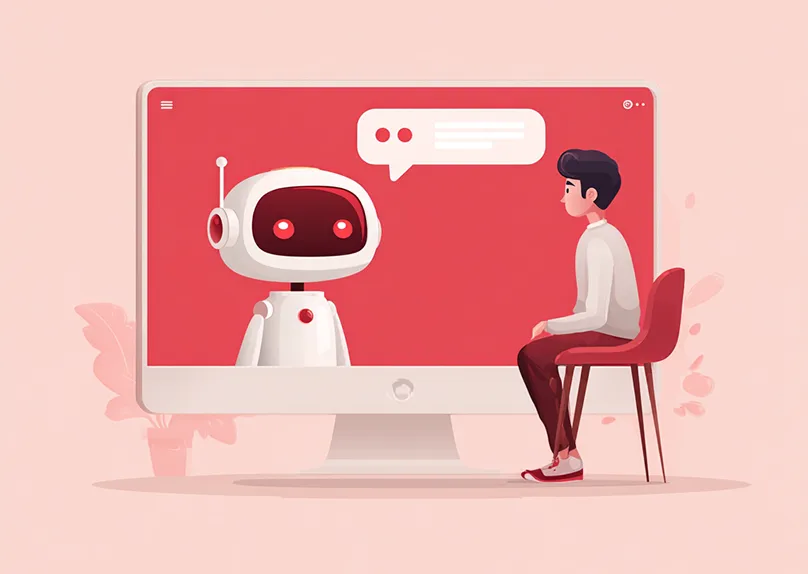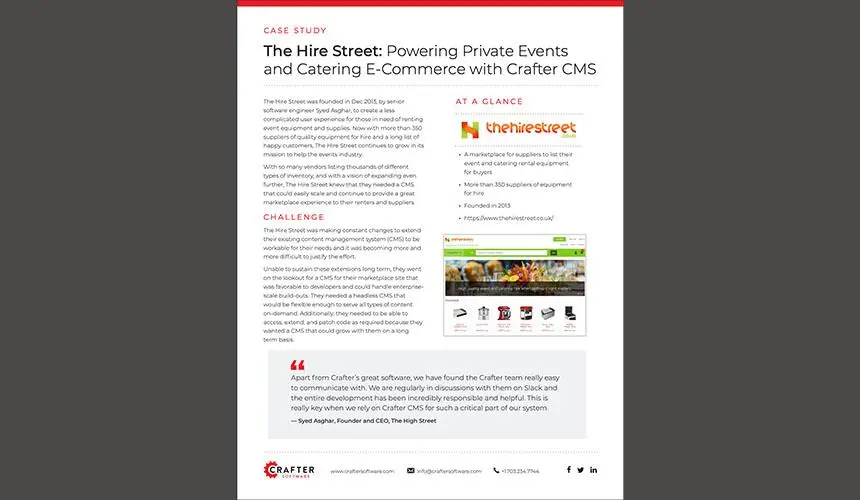When it comes to attracting consumers, marketers are realizing they need to step up their game to keep up with the competition. Many of their competitors are undergoing dramatic digital transformations designed to increase customer engagement through targeted, individualized experiences across every channel and device (online and offline.) Brands are now doing whatever it takes to deliver standout service and capabilities to their desired audiences. However, as brands scramble to go above and beyond, they often miss some of the most important rules on how to engage customers properly and thus don’t achieve the desired result. The following are 5 of the key guidelines to follow when designing digital experiences that align with your brand goals and customer satisfaction.
#1 Be Helpful
When a customer has a need and you make it easy to fulfill that need you are well on your way to creating a loyal follower of your brand. Start by creating a helpful experience that comfortably guides customers through the purchasing process. From start to finish, make it simple and helpful. For example, once a purchase has been made, provide assistance, and do it across various channels. In the confirmation email or on the “proof of purchase” page, help cover the unknowns. How-to videos, images and infographics are very powerful tools for extending the conversation and covering unknowns. Let them know they can reach you on social media. Customers enjoy being part of the process and will feel more connected to your brand when given access to exclusive content.
#2 Make Content Engaging and Easy to Consume
Designing for the small screen doesn’t mean the experience has to be sacrificed by eliminating important content. It simply means the content you include needs to be extremely engaging and on point for your targeted audience. Consider being more concise, use 10-second videos rather than those lasting longer than a minute or more. Your content should be contextual, responsive, and most of all, as flexible as your users need it to be. It should be able to go across all channels and devices – online and offline. Your goal should be to create an environment that is specific for the device while also having the ability to go beyond into diverse environments, be it an in-store experience or virtual signage on a billboard and so on.
#3 Personalize Without Being Creepy
Personalization and automation provide a lot of value to the customer. Yet, today’s consumers are savvy and many of them are mindful of privacy concerns. The last thing they want is to be creeped out and worried about privacy issues. Some advertising can come across as a little too personal and downright annoying. Just because I looked at a product does not mean I want it. Today a lot of “retargeting” on social networks are guilty of this simple assumption. While quick follow up and reinforcement works, the smarter you can be about what you chose to reinforce the more likely you are to convert a customer. Being annoying might coerce a few new customers but it can also do the opposite and turn potentially loyal customers away. The magic happens when you are helpful and relevant to the customer. The internet is rife with stories of large companies using purchasing histories to suggest future purchases that “crossed the line.” Making recommendations can be extremely useful for your customers and amazing for sales but make sure you are constantly asking / checking that your analysis and algorithms are non-invasive, so you don’t overstep your boundaries and end up embarrassing or creeping out your customers and prospects.
#4 Reuse Content
While it may sound like a faux pas, it really is in your best interest to reuse content. Equally as important as creating easy-to-use experiences, using familiar patterns and repeating calls to action will give the perception (sometimes illusion) of a faster solution. Reuse content modules and processes because it reinforces your branding and attracts customers by increasing awareness.
#5 Be Easy to Use, Be Fast
Whether your site visitors are making a purchase or just browsing, one of the single most important things you can do for the user is to provide them with a quick resolution. Many websites make purchasing easy for their customers by keeping the experience to a few clicks. Not only is that convenient for the visitor, but makes the ordering process quicker and streamlined. Ensure that you have a highly scalable platform that is capable of delivering the site quickly and that your front end code (images, CSS, Javascript, etc.) are optimized to render quickly to your users.
Although it’s never easy to truly know every potential hiccup you may face, by understanding the above mentioned five aspects of a great digital experience, you will likely avoid them, which will keep both your business and customers happy.
Do you agree? Comment below and tell us what you think helps create loyal customers!


















